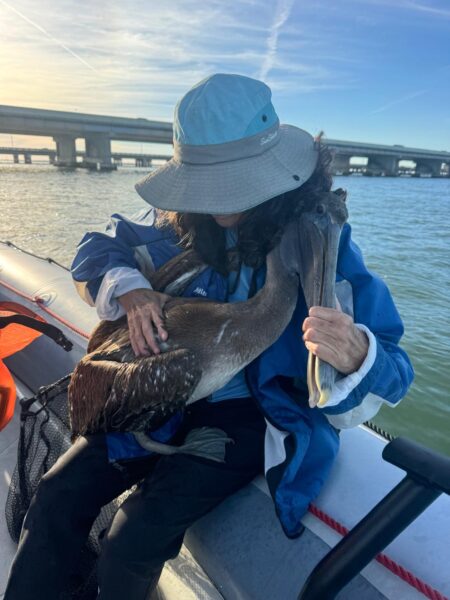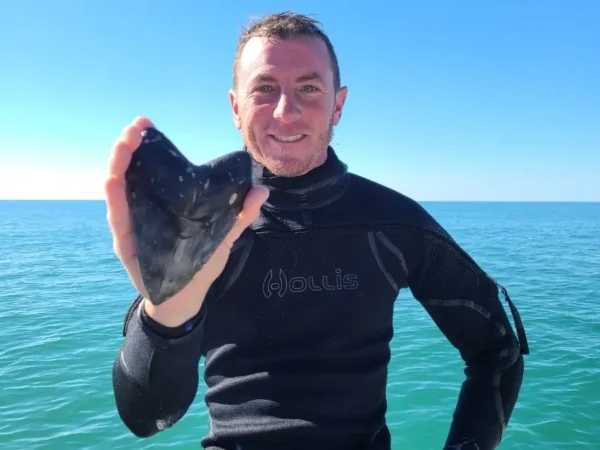A recent peer-reviewed study has documented at least 45 different species of fossil sharks and rays off the coast of Venice, Florida. This discovery confirms the area’s reputation as the “Shark Tooth Capital of the World” and represents the most diverse fossil assemblage of its kind found in Florida.
Key Details of the Discovery
- Location: The fossils were collected from residual, fossiliferous lag deposits on the shallow continental shelf offshore from Venice.
- Geological Time: The remains date back to the Late Miocene and Early Pliocene periods, spanning an age of approximately 2 to 10 million years old.
- Collection Methods: The assemblage was primarily collected by SCUBA diving and extensive sifting of sediment samples.
- Significance: This collection is the largest fossil elasmobranch (sharks and rays) assemblage collected by SCUBA diving on the continental shelf known globally and one of the most diverse in the USA.
Notable Species Identified
The study identified teeth from a wide variety of sharks and rays, including both well-known and rare species.
- Otodus megalodon: The massive, extinct megatoothed shark, which is a highly sought-after find for collectors in the area.
- Carcharodon carcharias: The modern great white shark.
- Carcharodon hastalis: The extinct Mako shark, often referred to as the “lesser white shark”.
- Hemipristis serra: The snaggletooth shark.
- Requiem sharks: Species from genera like Carcharhinus (which includes bull and dusky sharks), lemon sharks (Negaprion brevirostris), and tiger sharks (Galeocerdo aduncus).
- Rays and Sawfish: The assemblage also includes various ray mouth plates and sawfish rostral spines. Photo: Captain Michael Nastascio














